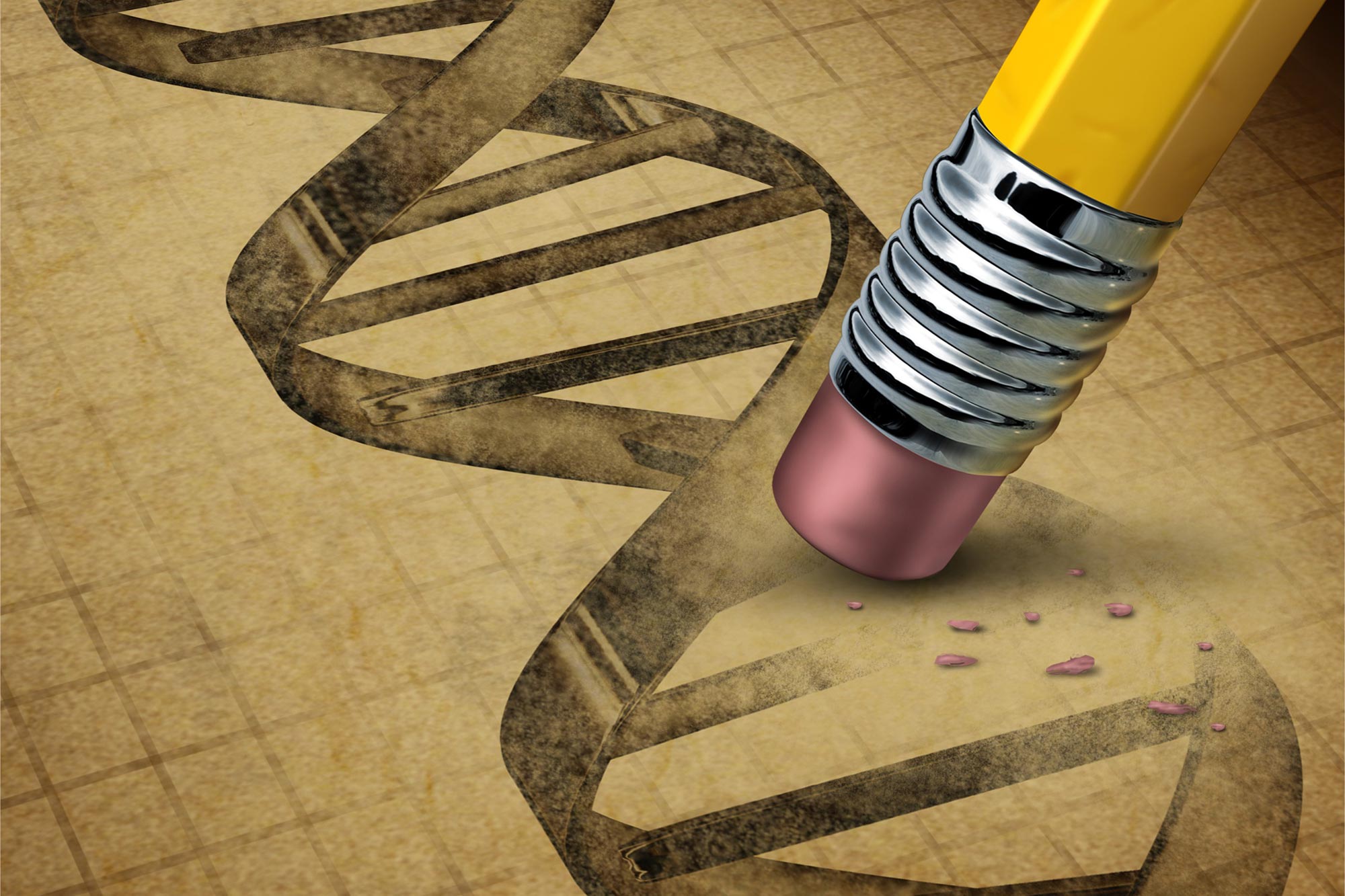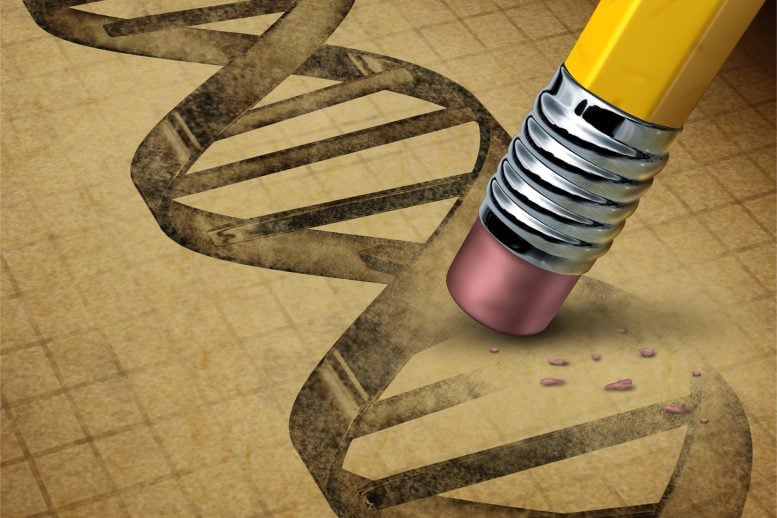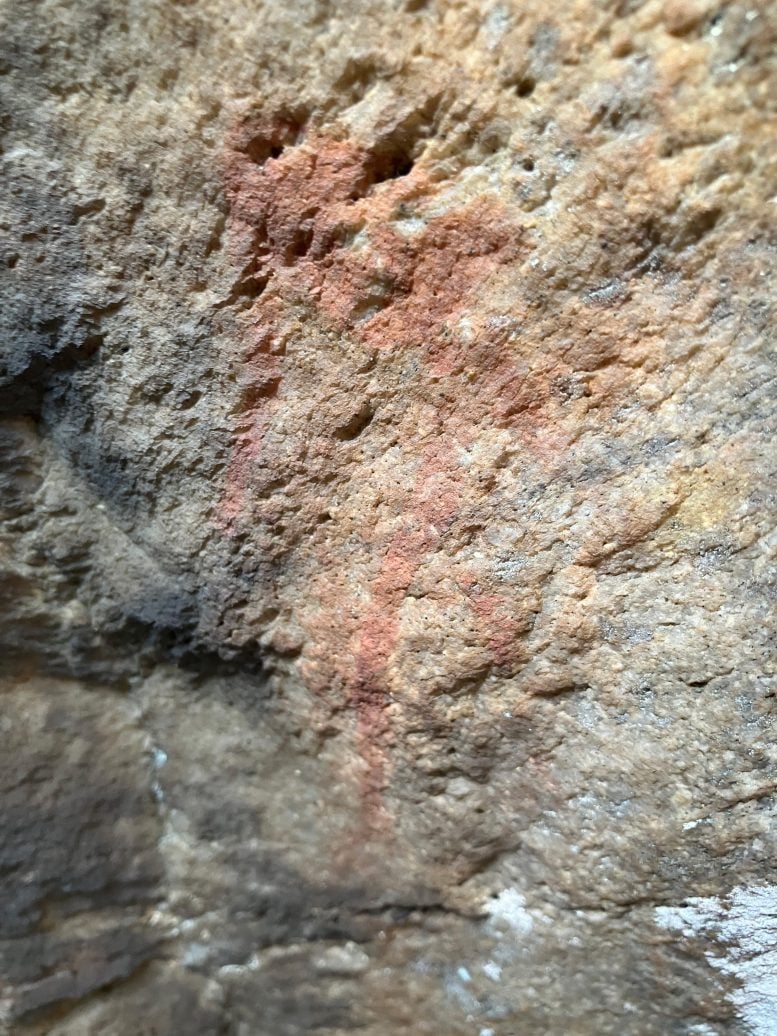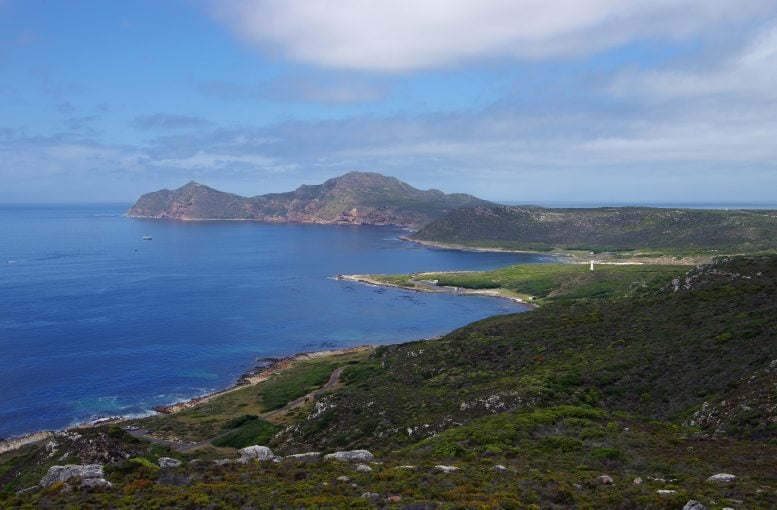

Thirteen ancient genomes from the Oakhurst rock shelter in South Africa offer new insights into the region’s human history.
A research team from the University of Cape Town (South Africa) and the Max Planck Institute for Evolutionary Anthropology in Leipzig (Germany) analyzed human remains from the Oakhurst rock shelter in southern Africa. They successfully reconstructed the genomes of thirteen individuals who lived between 1,300 and 10,000 years ago, including the oldest known human genome from South Africa to date.
“Oakhurst rock shelter is an ideal site to study human history, as it contained more than 40 human graves and preserved layers of human artifacts, such as stone tools, going back 12,000 years,” says Victoria Gibbon, Professor of Biological Anthropology at the University of Cape Town and co-senior author of the study.

“Sites like this are rare in South Africa, and Oakhurst has allowed a better understanding of local population movements and relationships across the landscape over nearly 9,000 years.”
Long history of genetic stability in southernmost Africa
The successful genetic sequencing of thirteen individuals from the site was not without its challenges, as Stephan Schiffels, co-senior author of the study, explains: “Such ancient and poorly preserved DNA is quite difficult to sequence, and it took several attempts using different technologies and laboratory protocols to extract and process the DNA.”

The ancient genomes represent a time series from 10,000 to 1,300 years ago, providing a unique opportunity to study human migrations through time and the relationship to the diverse groups of people living in the region today.
A key finding was that the oldest genomes from the Oakhurst rock shelter are genetically quite similar to San and Khoekhoe groups living in the same region today. This came as a surprise, as Joscha Gretzinger, lead author of the study, says: “Similar studies from Europe have revealed a history of large-scale genetic changes due to human movements over the last 10,000 years. These new results from southernmost Africa are quite different, and suggest a long history of relative genetic stability.” This only changed around 1,200 years ago, when newcomers arrived and introduced pastoralism, agriculture, and new languages to the region and began interacting with local hunter-gatherer groups.
In one of the most culturally, linguistically, and genetically diverse regions of the world, the new study shows that South Africa’s rich archaeological record is becoming increasingly accessible to archaeogenetics, providing new insights into human history and past demography.
Reference: “9,000 years of genetic continuity in southernmost Africa demonstrated at Oakhurst rockshelter” by Joscha Gretzinger, Victoria E. Gibbon, Sandra E. Penske, Judith C. Sealy, Adam B. Rohrlach, Domingo C. Salazar-García, Johannes Krause and Stephan Schiffels, 19 September 2024, Nature Ecology & Evolution.
DOI: 10.1038/s41559-024-02532-3